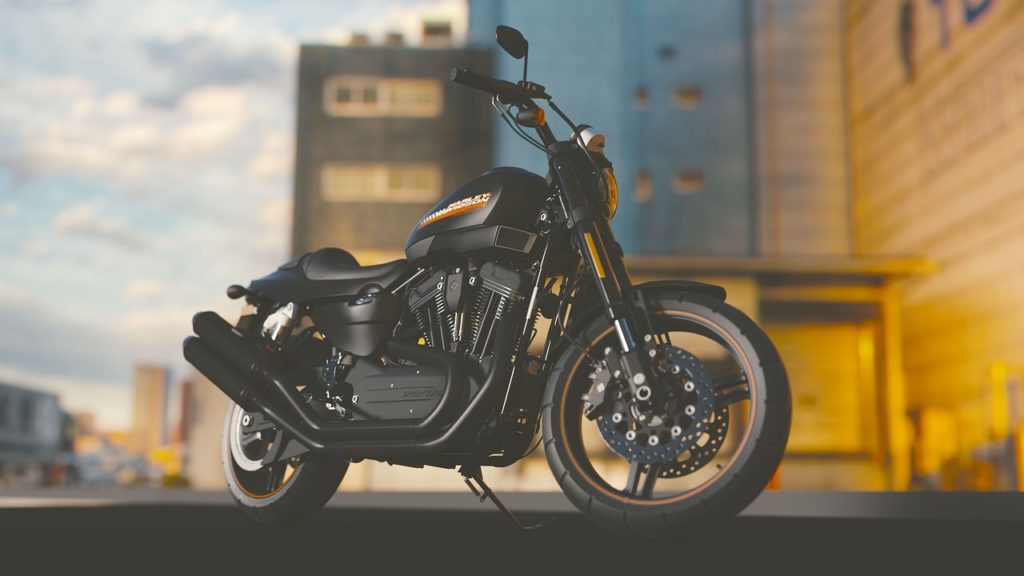When it comes to selling cars, most Americans rely on the Kelley Blue Book, a trusted pricing guide that’s been around for almost a century. Kelley Blue Book, also known as KBB or just ‘blue book’, valuates and researches various automobiles to provide one of the most accurate pricing models available to the consumer public.
But it’s not just cars that the blue book evaluates: they do motorcycles, too. The blue book value of a motorcycle is usually used as the generic market value for most bikes. But while most people rely on the bike blue book value when shopping, there’s another pricing guide that’s just as reliable: the National Automobile Dealers Association, or NADA, guide.
Bike manufacturers and buyers rely on the blue book and the NADA guide to find the most accurate price for any model and make of motorcycles.
Both guides have similar valuation principles, albeit with different executions: a bike’s blue book value is determined by data taken from various sources like dealers and auctions, while a bike’s NADA value is determined by averaging out the manufacturer’s suggested retail price, suggested retail price, low retail price, and average retail price. Both take into account online reselling businesses as well.
Price fluctuations between the blue book and the NADA do happen, but they aren’t significant. Consumers are encouraged to check both, but while the NADA is just as good, a bike’s blue book value is often the more popular one.
A Bike’s Blue Book Value

While the exact formulas of Kelley Blue Book are kept under wraps, what we do know is that the blue book determines the value of a motorcycle based on “data obtained from auctions, dealer sales reports, and dealer surveys, plus dealer and consumer listings and sales transactions nationwide.” KBB believes that using market research edges out its competitors by providing the most accurate data points from various sources.
KBB also adds in a few other factors, including current market prices and economic conditions, to create a much more detailed pricing guide. When searching for a bike’s blue book value, people will be presented with a few options:
Trade-In vs. Listing Price
Once you’ve searched for a particular make, year, and brand of motorcycle, blue book users can then research that particular bike’s trade-in value and its typical listing price. KBB’s website and app are game-changers in that it provides users with completely accurate pricing data. The trade-in value is the amount a person can expect to make should they decide to trade in a used motorcycle, provided that the motorcycle in question is in excellent condition and still has stock equipment and parts.
Meanwhile, the typical listing price is the amount most traders will ask for if you’re in the market to buy a motorcycle that’s in good or excellent condition.
Additional Equipment

Some bike’s blue book values will also include any and all additional equipment, after-market purchases, and OEM parts. Each part added to the motorcycle is also valuated using their market price, as they’re assumed to also be in excellent condition. Bikes with custom modifications will have a price that includes its typical listing price as well as the cost of all additional parts.
Mileage
Unlike cars, the blue book does not take into account a bike’s mileage, as the company believes that the previous owner’s riding style, as well as the road conditions that the motorcycle was driven on, have a more profound effect on the bike’s blue book value more so than how far it’s been ridden.
A Bike’s NADA Value
Just like the KBB, the NADA’s exact formula is also kept confidential. However, the association does note that it does extensive research on the average prices of different types of motorcycles in every state, whether for trade-in or typical listing prices.

NADA also grades each bike depending on condition, starting with Poor, Fair, Good, Very Good, and Excellent. Through this, they’re able to keep up with modern business demands by providing their user’s four different prices for every vehicle they can find:
- Manufacturer’s Suggested Retail Price (MSRP): this is the ‘sticker price’ that manufacturer’s set on their motorcycles. The MSRP only covers that of the bike and its standard equipment and does not include other fees like taxes, transportation fees, destination fees, and other miscellaneous payments you need to make at your dealership.
- Suggested List Price: this is the price that most manufacturer’s and distributors will suggest for brand-new motorcycles. Again, this price only covers the bike and its standard equipment and does not include taxes, miscellaneous fees, and the price of individual aftermarket or OEM additions.
- Low Retail Price: this is the price given to motorcycles that are in Poor to Good condition. Normally, these cars will show extensive wear-and-tear, such as scratches, dents, and other blemishes, but are generally still road-worthy and safe to drive. These types of motorcycles are usually sold by private individuals and cannot be found in dealerships.
- Average Retail Price: this is the price given to motorcycles that are in Good to Excellent condition. Normally, these motorcycles will be clean, without any obvious defects or damage, have average mileage, and have passed a recent emissions inspection.
To calculate this, NADA claims that it uses data they mine from more than 1.5 million vehicular transactions in the country every month. With this data, they claim to have the most accurate values for people. These vehicular transactions can range from wholesale, retail, auction sales, and even private sales where the transacting prices consented to having their data recorded.
NADA also claims to have a comprehensive valuation team that uses the latest in data analytics, expertise in each market segment, econometric best practices, and many more other talents to help derive the values they post in their guides. The NADA guide also does not have a depreciation schedule for most used motorcycles, as they say, that used bikes will have different rates of depreciation depending on multiple factors.

